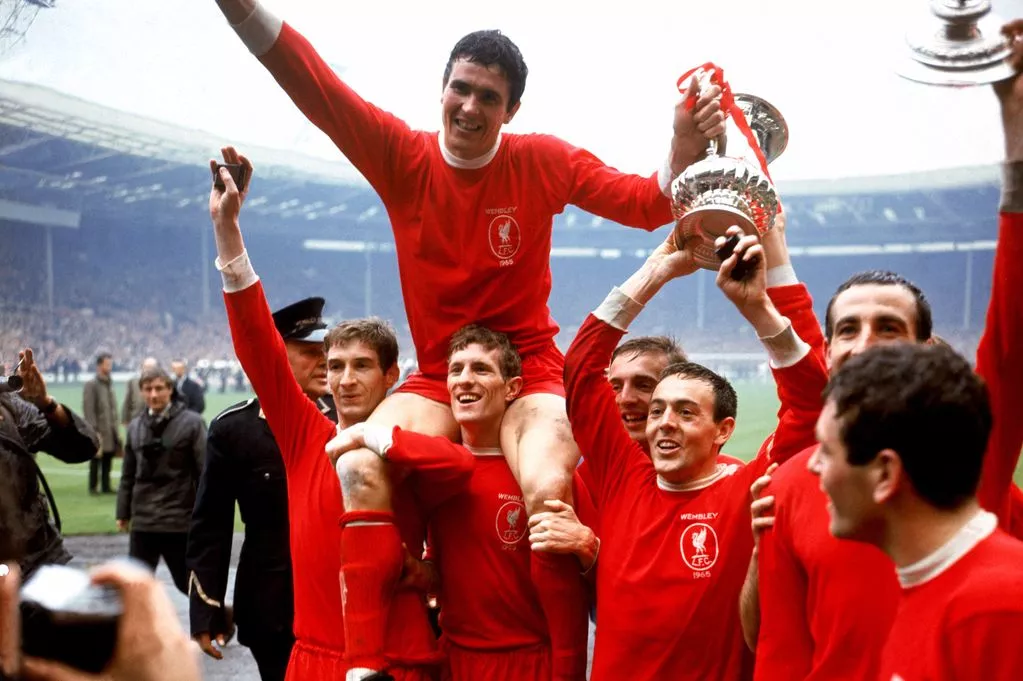It has become one of the most celebrated anecdotes in Liverpool’s history. And it accurately foretold the impact that was soon to follow.
When Bill Shankly unveiled his new signing Ron Yeats, a centre-back snapped up from Dundee United in the summer of 1961, he invited the waiting journalists to take a closer inspection of his team’s latest arrival. “The man is a mountain,” boomed the Liverpool manager. “Go into the dressing room and walk around him.”
That Yeats would soon assume the nickname ‘The Colossus’ – a reference to the mammoth statue of Greek sun god Helios, one of Seven Wonders of the Ancient World – said much about the physical specimen Liverpool had acquired.
Indeed, when first meeting Yeats, Shankly himself was taken aback. “Jesus, you must be seven feet tall, son?’ he enquired. Yeats answered: “No, I am only six feet tall.”
“Well,” came the instant response from the Reds boss. “That’s near enough seven feet for me!”
Yeats was actually 6 ft 2 ins, hardly tall by today’s standards. But strongly-built and coming in at over 14 stone, he was an imposing presence at the time and more than lived up to his moniker.
And, for Shankly, the arrival of the defender – who has died at the age of 86 after suffering from Alzheimer’s disease in recent years – proved a turning point in his fledgling years in charge that ultimately set Liverpool on the road to the modern-day colossus it has become today.
Easy to forget the Reds had spent seven years in the second tier of English football when Yeats, who Shankly had wanted to sign when boss at Huddersfield Town, arrived from Scotland. Within months, he was appointed captain, his manager’s trusted lieutenant for the best part of a decade. And, by the end of the season, Yeats had helped Liverpool back to the top flight with the Reds finishing eight points clear in clinching the second division title.

